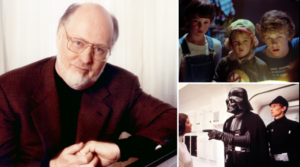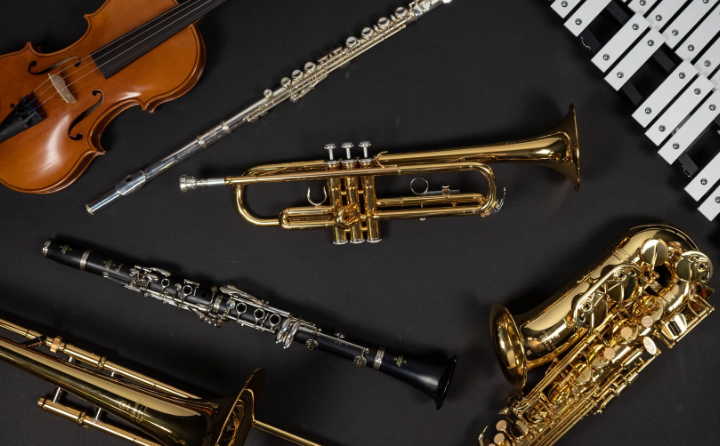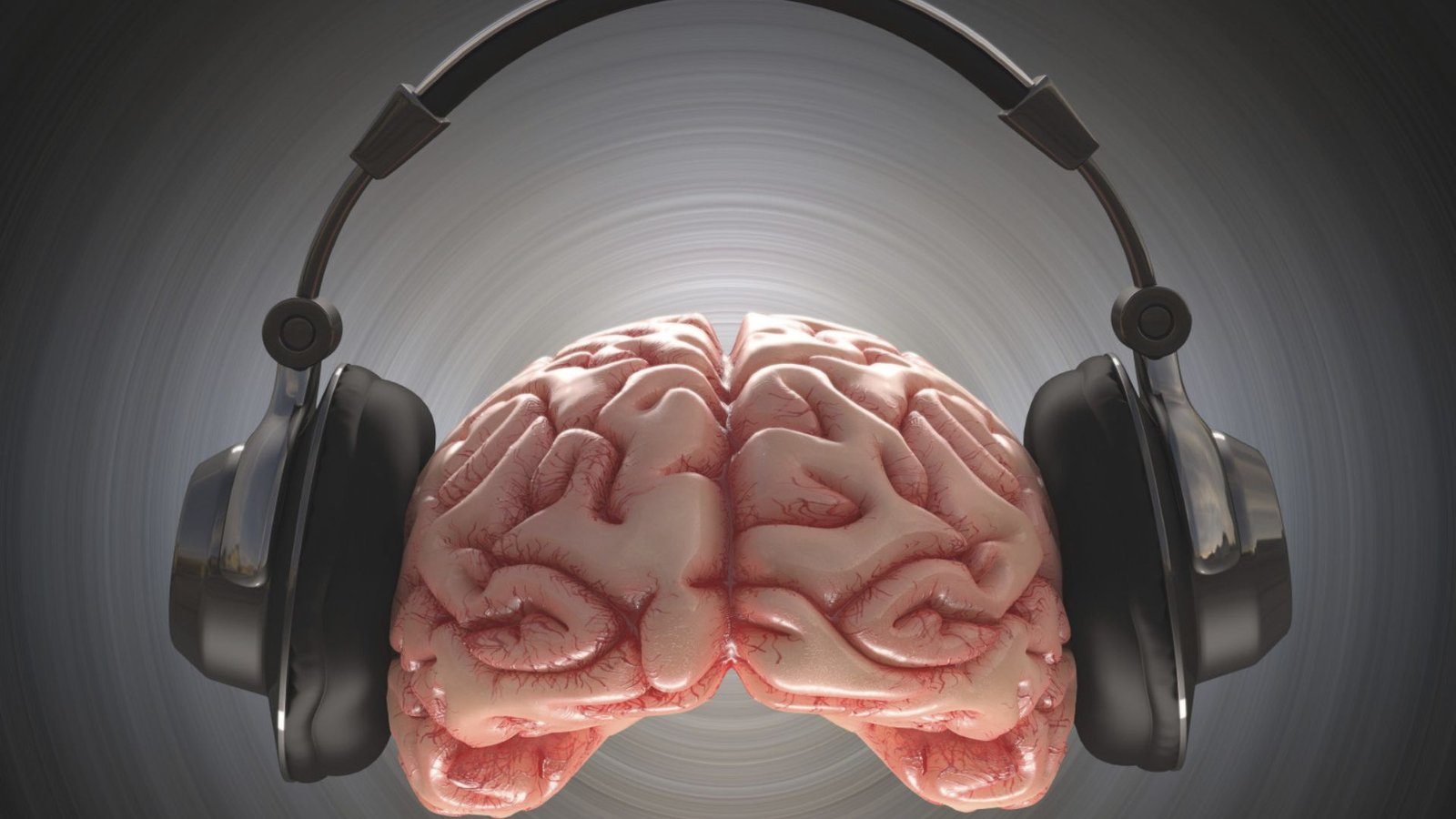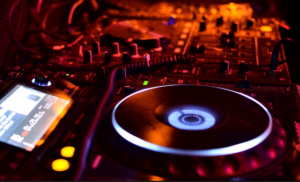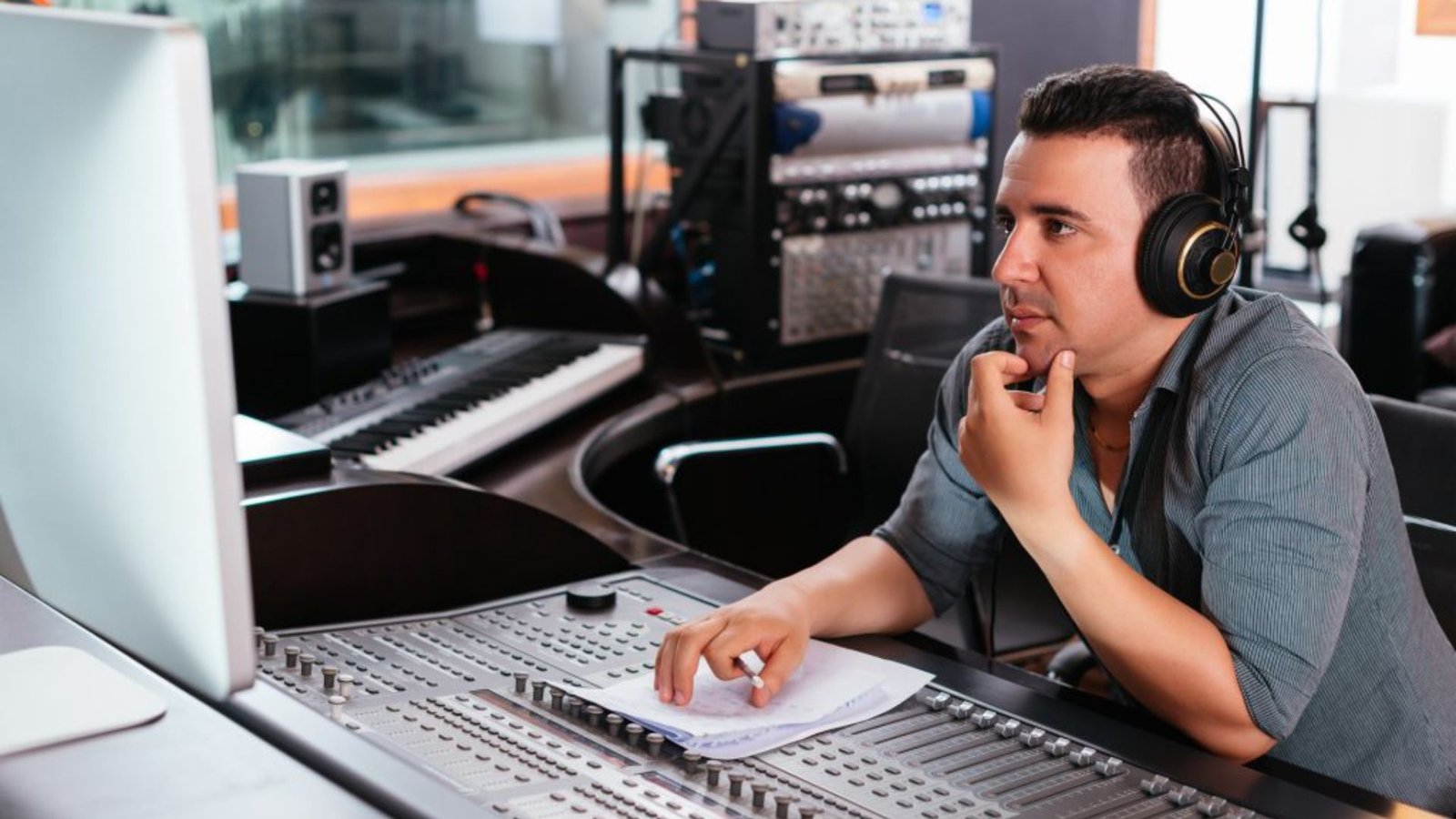Christmas instrumental songs are melodious holiday tunes devoid of vocals, capturing the festive spirit through musical arrangements and timeless classics. As the holiday season approaches, the air is filled with the familiar melodies that define Christmas cheer. While vocal classics and carols are an integral part of the celebration, instrumental renditions carry a unique magic of their own. In this musical journey, we unwrap the enchantment of Christmas through the top popular instrumental songs that have become synonymous with the season.
“Sleigh Ride”
To begin with, Leroy Anderson’s “Sleigh Ride” is a festive orchestral piece that captures the exhilaration of a horse-drawn sleigh ride through a snowy landscape. The lively tempo, playful musical elements, and the iconic sound of sleigh bells make it a staple in holiday music. Originally composed in 1948, “Sleigh Ride” has been covered by numerous artists, but Anderson’s original remains a timeless classic.
“Carol of the Bells”
“Carol of the Bells” is a Ukrainian folk carol composed by Mykola Leontovych. Its distinctive four-note motif creates a sense of anticipation and mystery, making it a favorite for instrumental arrangements. The song gained widespread popularity in the West after an English adaptation by Peter J. Wilhousky. Its haunting melody is often associated with the Christmas season and has been interpreted by various orchestras and instrumental ensembles.
“Linus and Lucy”
Additionally, “Linus and Lucy” is the iconic instrumental piece by the Vince Guaraldi Trio featured in the animated television special “A Charlie Brown Christmas.” Composed by Vince Guaraldi, the jazzy and upbeat piano piece has become synonymous with the Peanuts characters and is a cherished part of holiday music. Also, its playful and uplifting melody captures the joy of the season.
“The Nutcracker Suite”
Tchaikovsky’s “The Nutcracker Suite” is a ballet composed in 1892, featuring a collection of enchanting instrumental pieces. The suite includes memorable compositions such as the “Dance of the Sugar Plum Fairy” and the “Waltz of the Flowers.” The Nutcracker’s music has become a staple of holiday performances, bringing the magic of the story to life through its beautiful orchestration.
“Deck the Halls”
Furthermore, Mannheim Steamroller, led by composer Chip Davis, is known for its modern interpretations of traditional Christmas carols. “Deck the Halls” is part of their Christmas album series that fuses classical and electronic elements, creating a distinctive and energetic sound. Additionally, Mannheim Steamroller’s arrangements have redefined the way listeners experience and appreciate holiday music.
“Jingle Bell Rock”
“Jingle Bell Rock” by Bobby Helms is a lively and spirited Christmas song that gained popularity in the late 1950s. While the original version features vocals, the instrumental rendition lets the catchy melody and upbeat rhythm shine. The song’s infectious energy and festive vibe make it a favorite for holiday gatherings and celebrations.
“White Christmas”
Bing Crosby’s “White Christmas” is a timeless classic that evokes the nostalgic charm of a snowy holiday season. While Crosby’s vocal version is iconic, the instrumental rendition allows the orchestral arrangement to take center stage. The song’s enduring popularity has made it one of the best-selling singles of all time.
“Feliz Navidad”
Lastly, “Feliz Navidad” by José Feliciano is a cheerful and upbeat Christmas song with a Latin flair. The instrumental version highlights the song’s festive instrumentation, including Feliciano’s signature guitar playing. Additionally, the lively rhythms and joyful melody make it a favorite for spreading holiday cheer and adding a touch of international flavor to Christmas playlists.
Conclusion
In conclusion, the emphasis is on the role of instrumental music in creating a magical atmosphere during the holiday season. Just as the selection and arrangement of these instrumental Christmas songs contribute to a festive mood, the components of website design, e-mail hosting, domain name registration, website hosting, and logo design play vital roles in shaping a brand’s online presence. Additionally, the reference to these web-related elements in the conclusion reinforces the idea that like orchestrating a beautiful melody, creating a strong digital identity involves careful consideration and harmonious integration of various components.

